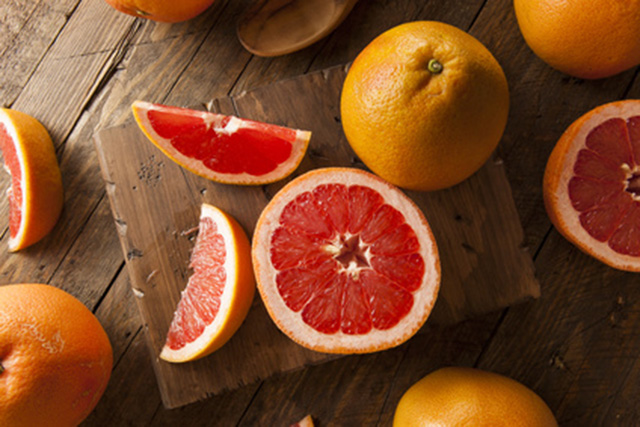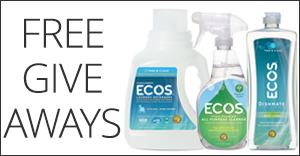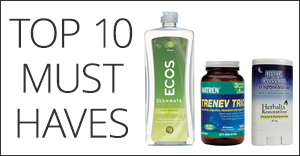Citrus fruits like orange and grapefruit have long been associated with health and well being, and for good reason. Citrus fruits are all great sources of vitamin C, which is believed to have potent immune boosting properties. It is also essential for creating collagen in bones, cartilage, muscle, and blood vessels. Collagen is the main protein in the structure of connective tissues. But can orange and grapefruit increase skin cancer risk?
New analysis from the American Society of Clinical Oncology (ASCO) of over 100,000 Americans shows that frequent citrus consumption, especially orange and grapefruit juices, may increase risk of melanoma.
The researchers believe that the link between citrus and melanoma risk is due to high levels of substances called furocoumarins, which are prevalent in citrus fruits. Research has shown that furocoumarins may increase the sensitivity of the skin to ultraviolet rays, which are believed to cause melanoma.
“While our findings suggest that people who consume large amounts of whole grapefruit or orange juice may be at increased risk for melanoma, we need much more research before any concrete recommendations can be made,” said lead study author Shaowei Wu, PhD, a postdoctoral research fellow at the Department of Dermatology, the Warren Alpert Medical School of Brown University in Providence, Rhode Island. “At this time, we don’t advise that people cut back on citrus — but those who consume a lot of grapefruit and/or orange juice should be particularly careful to avoid prolonged sun exposure.”
Over a 26-year follow up, 1,840 (1.7%) participants were diagnosed with melanoma. Higher consumption of grapefruit, oranges, and juices from those fruits was linked to an increased risk of melanoma in men and women.
According to the authors, this is the first study to link consumption of furocoumarins and melanoma risk.
Marianne Berwick, PhD, MPH, professor of the Department of Internal Medicine and Dermatology at the University of New Mexico shouldn’t cause an overreaction in consumers.
The study was published in the Journal of Clinical Oncology.
Note: None of the information in our website is intended to diagnose, treat, cure or prevent any illness or disease. The content on our website is for educational purposes only.
DON’T FORGET to sign up for our weekly newsletter to get our latest articles, updates, free recipes and giveaways.
For a grapefruit and tangerine fat buster juice.
Antioxidant capacity of orange juice is multiplied tenfold.
Grapefruit, orange and turmeric cellulite burning drink.
REFERENCES:
1. “Citrus Fruit Consumption May Be Associated With Increased Melanoma Risk.” ASCO.org. American Society of Clinical Oncology, 29 June 2015. Web. 07 July 2015.
2. “Citrus Consumption and Risk of Cutaneous Malignant Melanoma.” Journal of Clinical Oncology. American Society of Clinical Oncology, 29 June 2015. Web. 07 July 2015.

















